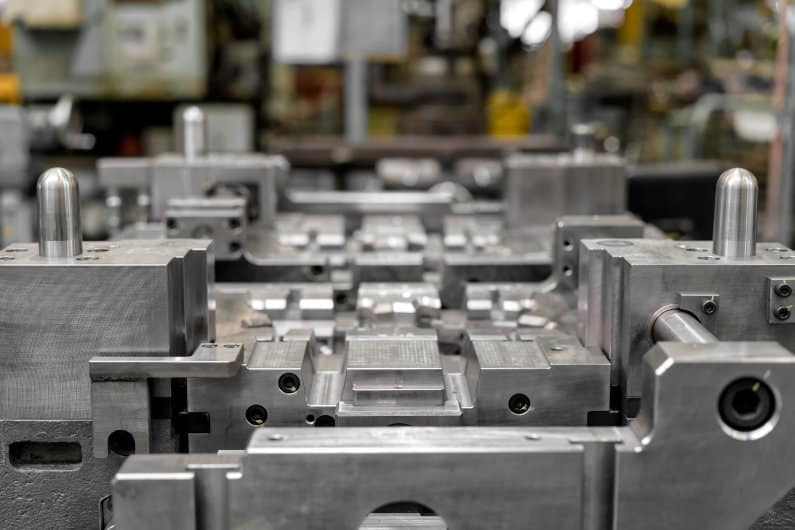
Image source: Google
Die casting is a manufacturing process that has been around for centuries, but in today's competitive market, it is essential for die casting manufacturers to stay ahead by adopting innovative solutions. By embracing new technologies, processes, and materials, die casting manufacturers can improve efficiency, reduce costs, and deliver high-quality products to their customers. In this article, we will explore the innovative solutions that are helping die casting manufacturers stay ahead in the industry. Visit our website today to learn more about our die casting services and how we can help bring your project to life.
Adoption of Advanced Technologies
1. Automation
- Die casting manufacturers are increasingly turning to automation to streamline their production processes and improve efficiency.
- Robotic arms and automated machinery can perform repetitive tasks with high precision, reducing the risk of errors and improving overall quality.
2. 3D Printing
- By incorporating 3D printing technology into their workflow, die casting manufacturers can create prototypes and molds quickly and cost-effectively.
- 3D printing also allows for greater design flexibility and customization, enabling manufacturers to meet the specific needs of their customers.
Implementation of Lean Manufacturing Principles
1. Continuous Improvement
- Die casting manufacturers are embracing the principles of continuous improvement to identify and eliminate inefficiencies in their processes.
- By regularly reviewing and optimizing their workflows, manufacturers can reduce waste, improve productivity, and enhance product quality.
2. Just-In-Time Manufacturing
- Just-in-time manufacturing allows die casting manufacturers to minimize inventory costs and reduce lead times by producing goods only as they are needed.
- This approach helps manufacturers respond quickly to changing customer demands and market trends, increasing their competitiveness.
Utilization of Advanced Materials
1. High-Performance Alloys
- Die casting manufacturers are using high-performance alloys, such as aluminum, magnesium, and zinc, to create lightweight yet durable components.
- These advanced materials offer superior strength-to-weight ratios and excellent corrosion resistance, making them ideal for a wide range of applications.
2. Metal Matrix Composites
- Metal matrix composites are being increasingly used in die casting to enhance the mechanical properties and performance of components.
- By combining metals with ceramic or carbon fibers, manufacturers can create parts that are stronger, lighter, and more resistant to wear and tear.
Investment in Research and Development
1. Collaboration with Universities and Research Institutions
- Die casting manufacturers are partnering with universities and research institutions to gain access to the latest advancements in materials science, engineering, and manufacturing technologies.
- By collaborating with experts in the field, manufacturers can stay at the forefront of innovation and develop cutting-edge solutions for their customers.
2. In-House R&D Facilities
- Many die casting manufacturers have established in-house research and development facilities to drive innovation and create proprietary technologies.
- By investing in R&D, manufacturers can differentiate themselves from competitors, attract top talent, and secure their position as industry leaders.
Conclusion
In conclusion, die casting manufacturers are staying ahead in the industry by embracing innovative solutions that enhance their processes, materials, and technologies. By adopting advanced technologies, implementing lean manufacturing principles, utilizing advanced materials, and investing in research and development, manufacturers can improve efficiency, reduce costs, and deliver high-quality products to their customers. With a focus on innovation and continuous improvement, die casting manufacturers are well-positioned to meet the evolving needs of the market and maintain their competitive edge in the industry.